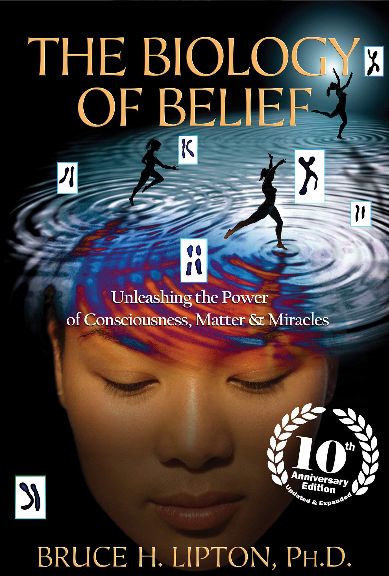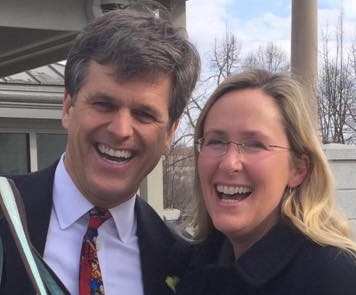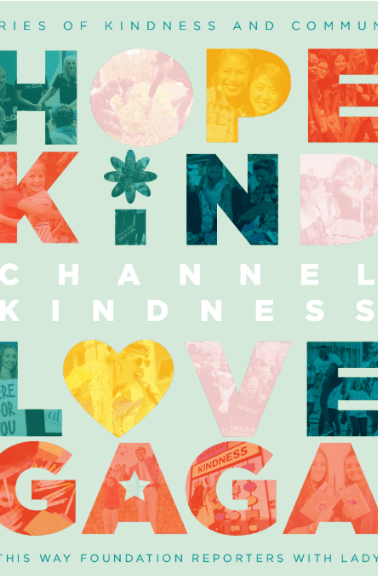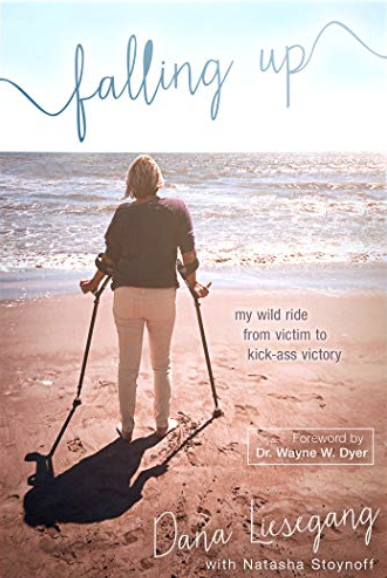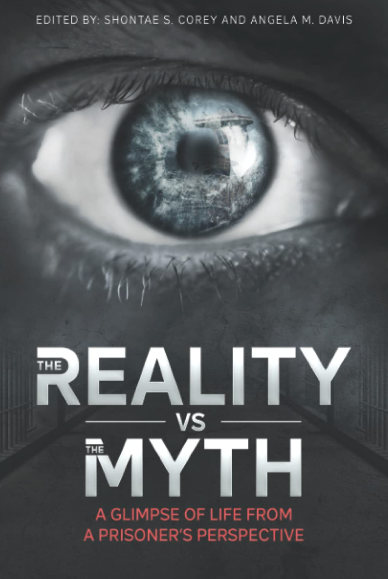Climate Control: Treat Your Classroom Like Our Planet

By Krislyn Petti, Teacher, Waterbury, CT
Quote for Contemplation: I realized if you can change a classroom, you can change a community, and if you change enough communities you can change the world. -Erin Gruwell
90, 74, 28, 66, 37, 91, 77. Did you ever take notice of how you feel when the temperatures go extreme? One day it’s hot and the next it’s freezing? Or how your body aches when a storm is coming? Or how radiant you feel after a healthy dose of Vitamin D? Many times we focus on the physical effects of climate change and neglect how it can affect our mental health. Climate change can generate panic, frustration, anger, anxiety, and even gloom. But, to be honest, some days I felt these same emotions at my job- that is until I channeled my inner Al Gore and became the environmentalist of my classroom. I became a master of setting the tone.
One question teachers are always asking is: How do I start using SEL in my classroom? The answer to this question is not complicated, but it does require effort and consistency. As if everything else in our career doesn’t… (cue eye roll).
Once the basic definitions and explanations of SEL are introduced (feel free to use our FREE SEL curriculum as a resource to help get you and your students started) dialogue becomes your most important ally. This is where the true craft of instruction comes into play. Sure it’s easy to work on class projects like cutting out paper hearts and writing thank you cards, etc. But we also need to be able to connect SEL to our formal curriculum. In any subject area, teachers can connect SEL strategies to peer interactions and interactions with other teachers, lessons from history, the practice of intentionality, collaborative assignments, current events, daily SEL prompts or ‘do now’ activities, if students finish a test early, or even on extra credit assignments. In any subject area teachers should be providing solutions and strategies to help students meet classroom expectations and prepare them to become a functional member of society. SEL can 100% be imbedded within your core curriculum requirements, but let’s face it- we do way more than just teach. SEL strategies can also be used within your teaching role as counselor, coach, personal cheerleader, mediator, disciplinarian, advocate, entertainer, and lunch money provider. My point here is that SEL is very versatile, purposeful, and benefits EVERY aspect of learning in any classroom.
It’s vital for students to connect to what you are teaching via their own experiences. Students will not absorb valuable information or look to their teacher as a model of success if they view us as robots from Planet Monotone. I’m not saying you have to broadcast your social security number or blood type on the whiteboard to humanize yourself, but subtle ways of showing you are human (and that you, too, binge on Netflix episodes in your spare time) will help them relate to you as a person and not see you solely as just their teacher. Show your kids that you have bad days and teach them to respect how you feel. Show them how you manage your emotions when things get tough or when you are frustrated. Share happy news with them! Kids need to feel respected, safe, included, and nurtured in the classroom in order to reap the full benefits of SEL and there is research to prove it.
Millions of people suffer from anxiety- something that has plagued me my entire life. I am very open to my students about my anxiety so they learn to respect the boundaries I have set and to show compassion when they see I am anxious or on edge. Conversely, when I observe a student becoming anxious or even on the verge of a panic attack I will escort them into the hallway and do a two to three minute mindful breathing exercise with them. Simple focused breathing is part of SEL. Almost always that student will self-redirect and enter the class feeling better and stronger…. either from the mindful breathing or simply from getting some one-on-one quality time with a teacher who took an extra moment to care.
Just like we have the power to curb the damage being done to our planet, we also have the same power to regulate our classrooms. So remember…
When you feel like you aren’t making a difference… you are.
When you want to withdraw…you must create a ripple.
When you are not the problem… you are the solution.
When you don’t know how to begin… you take a single step.






